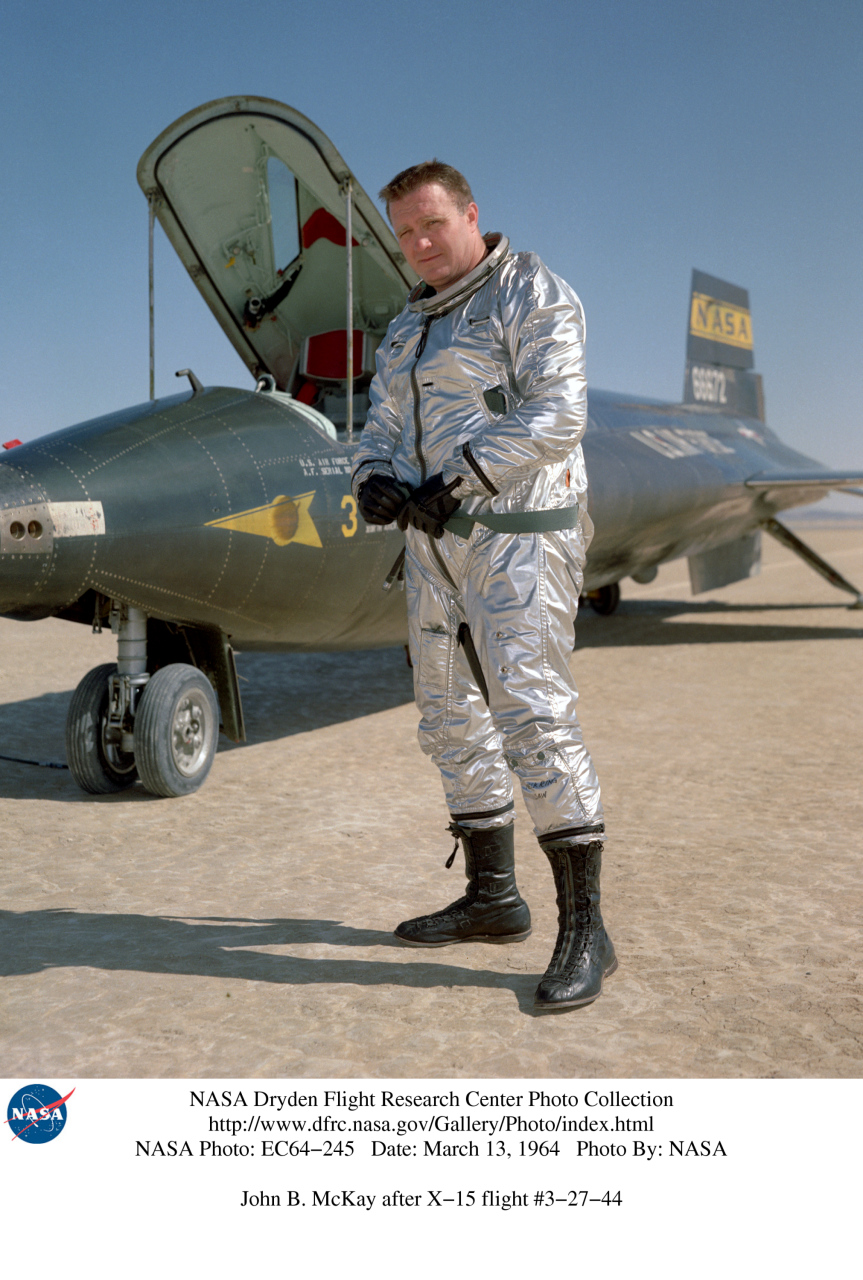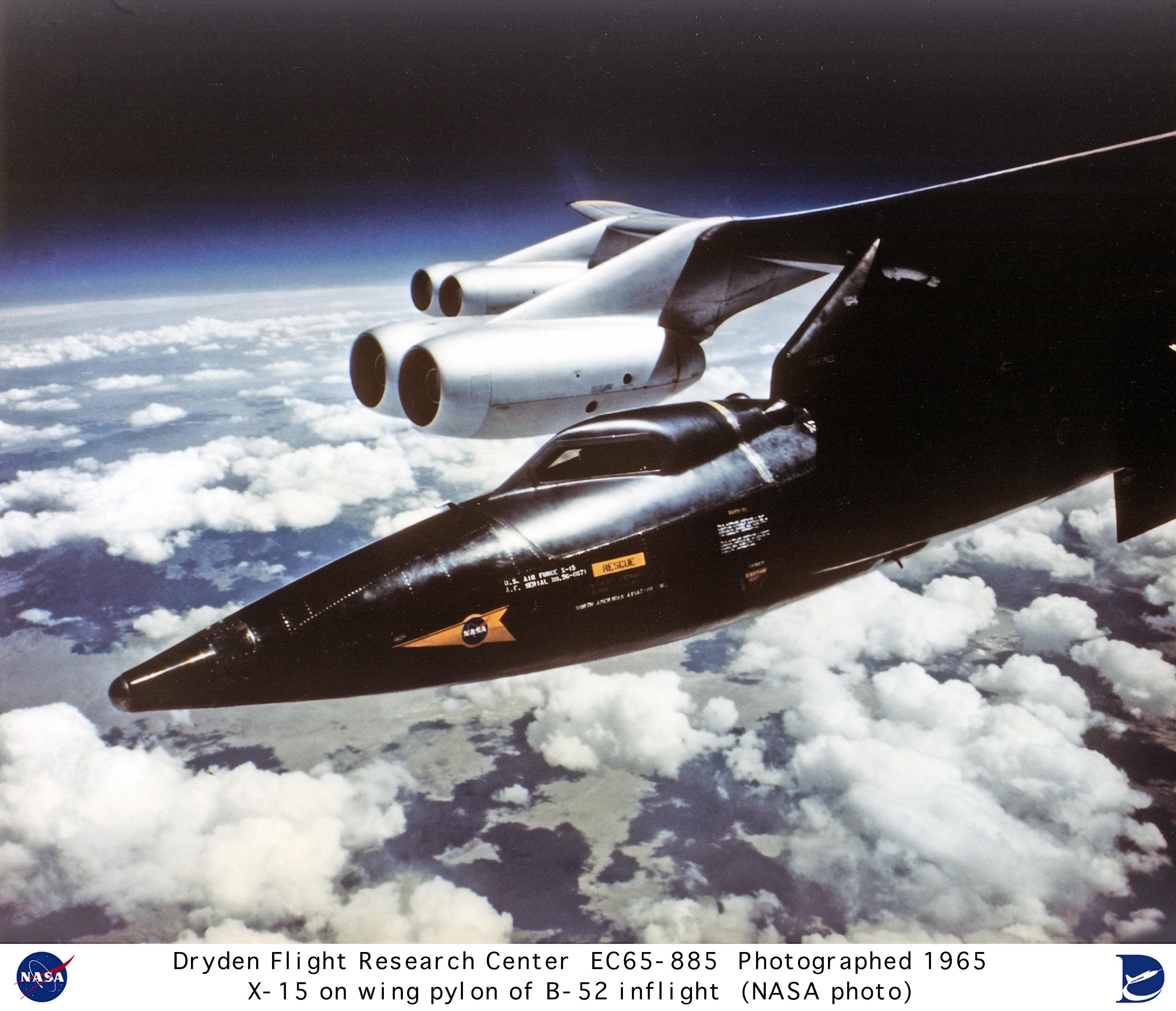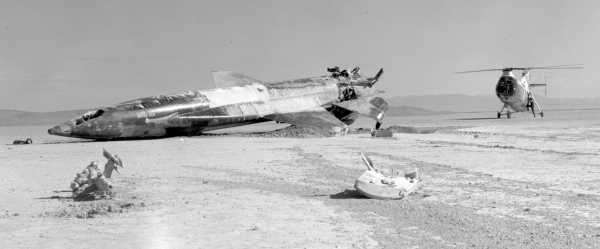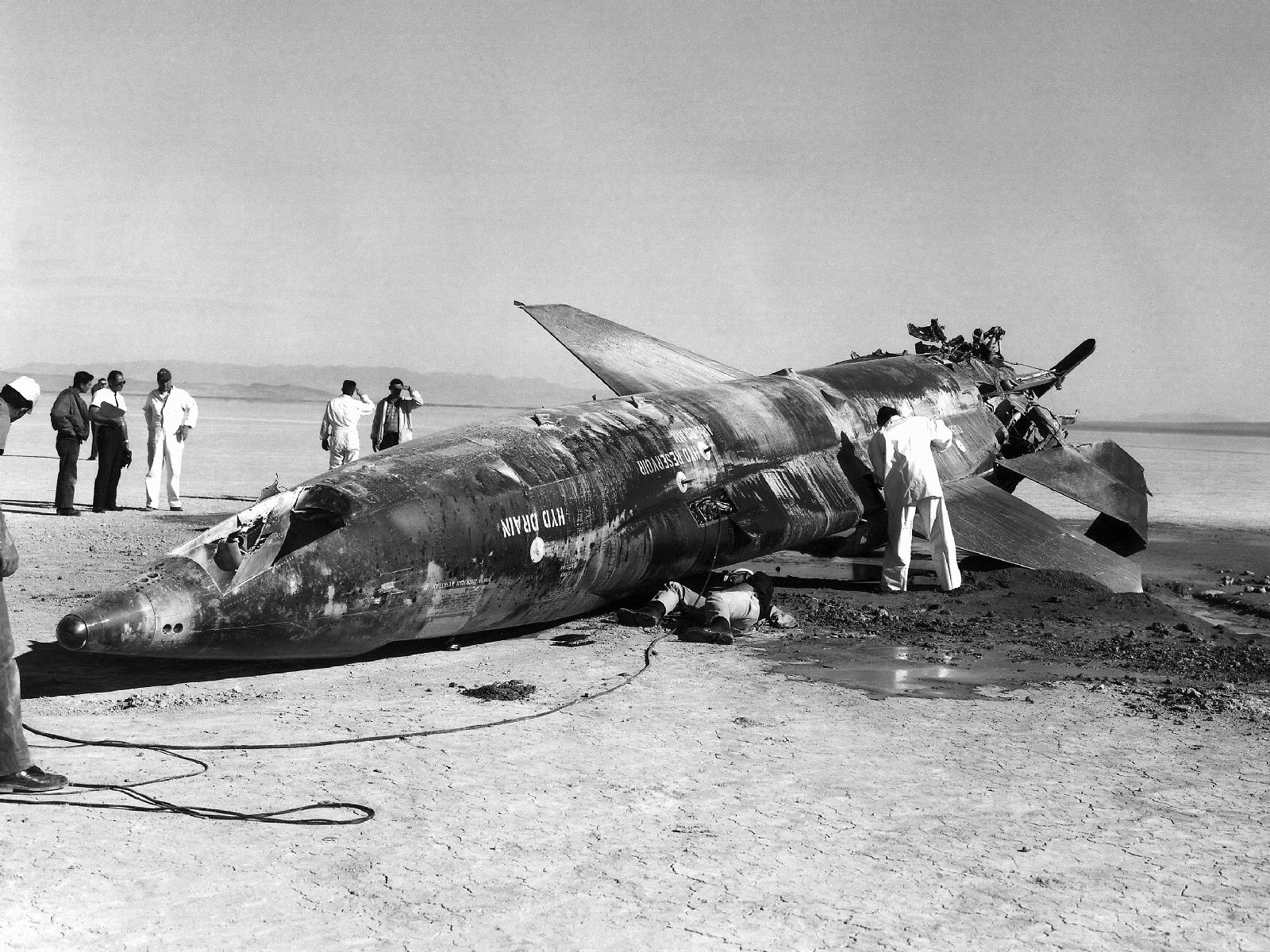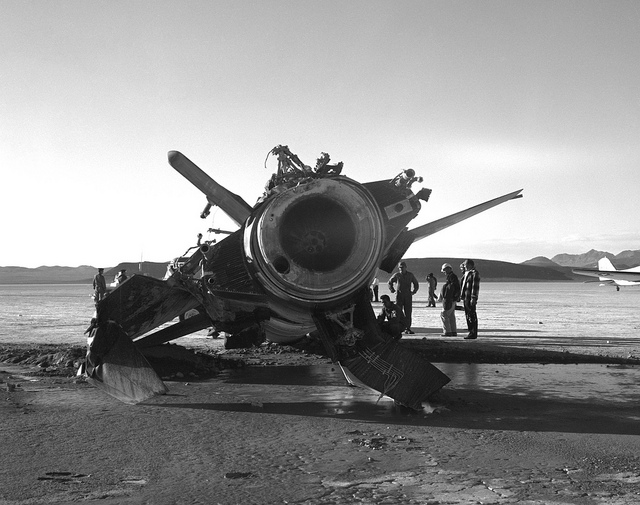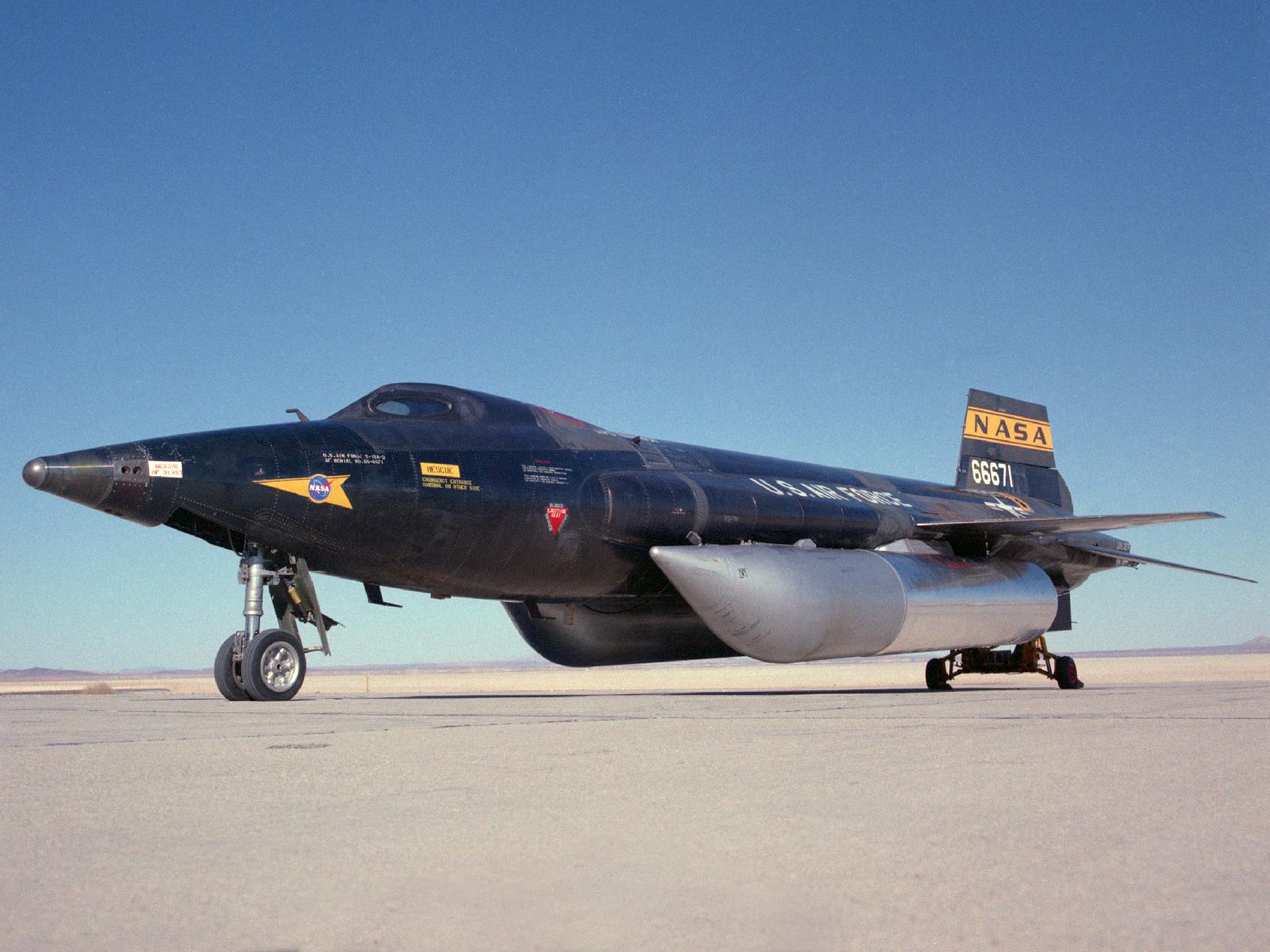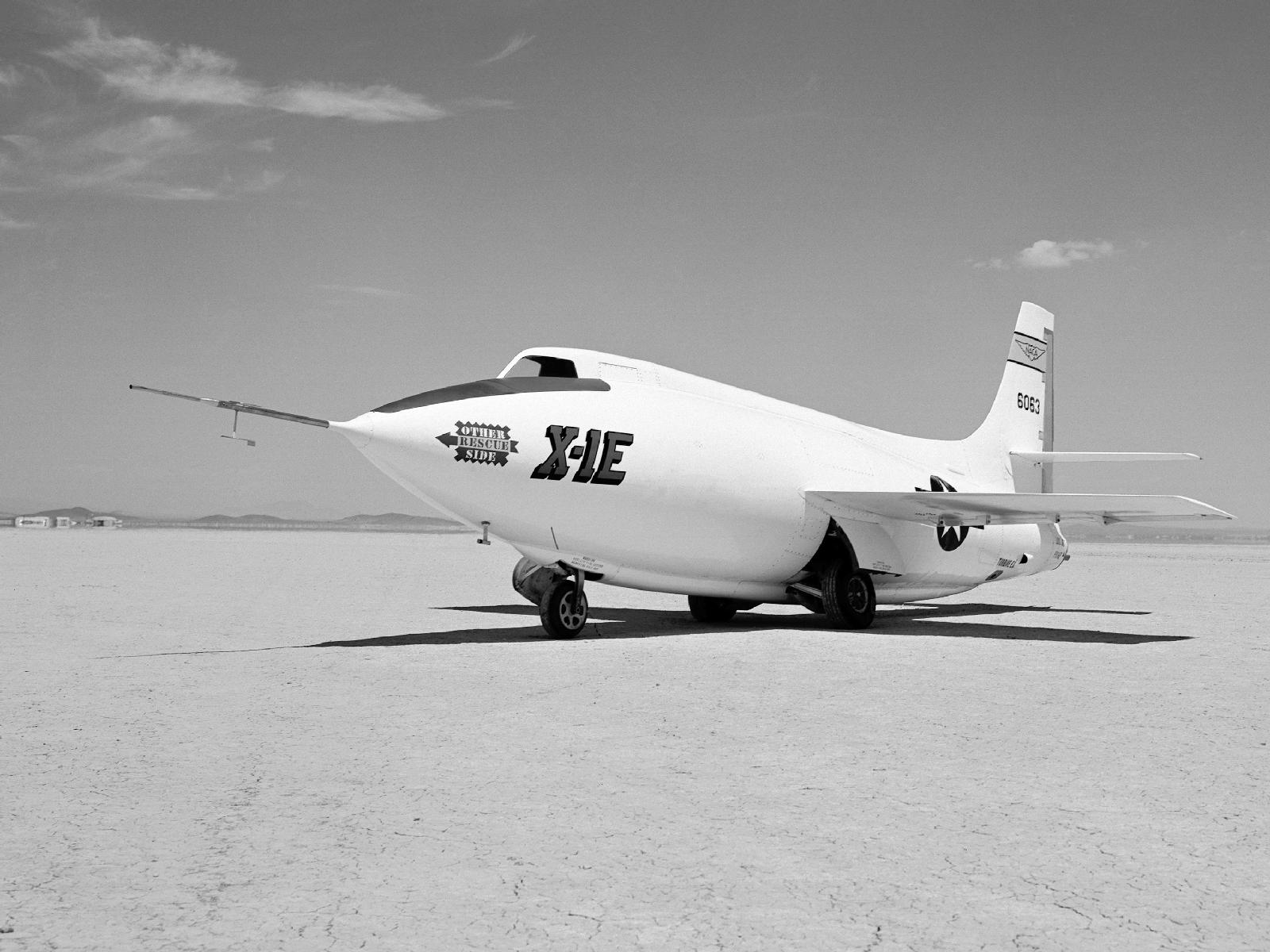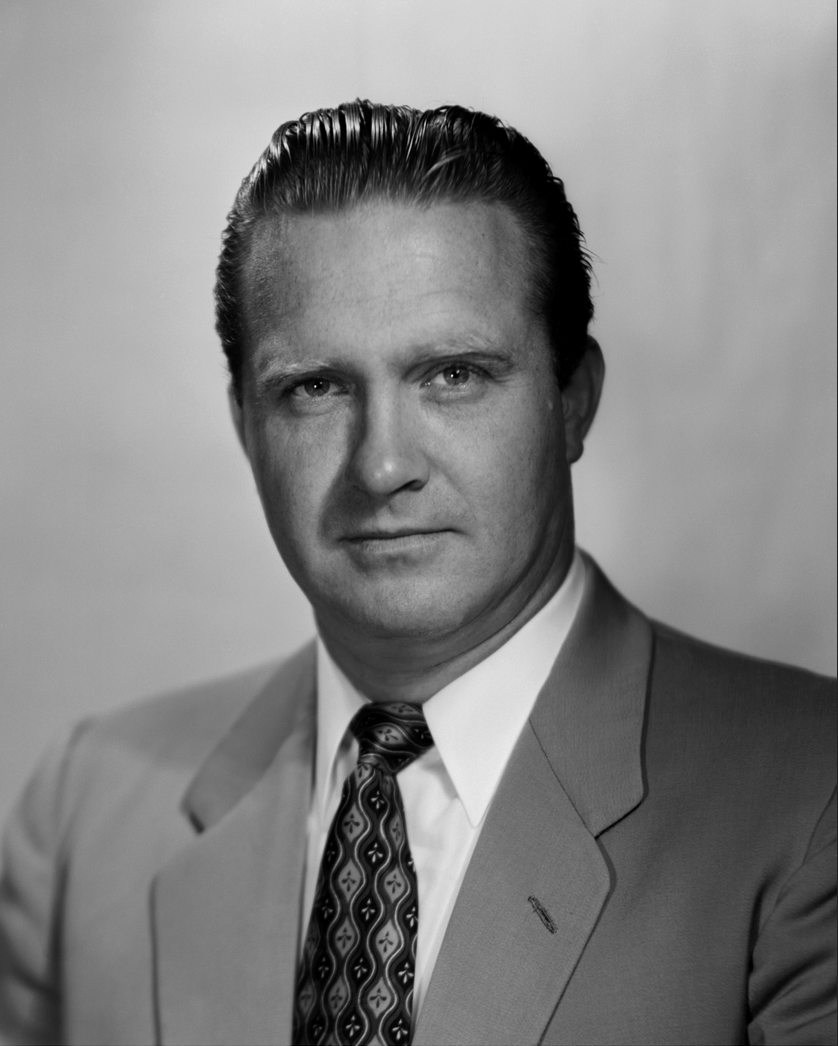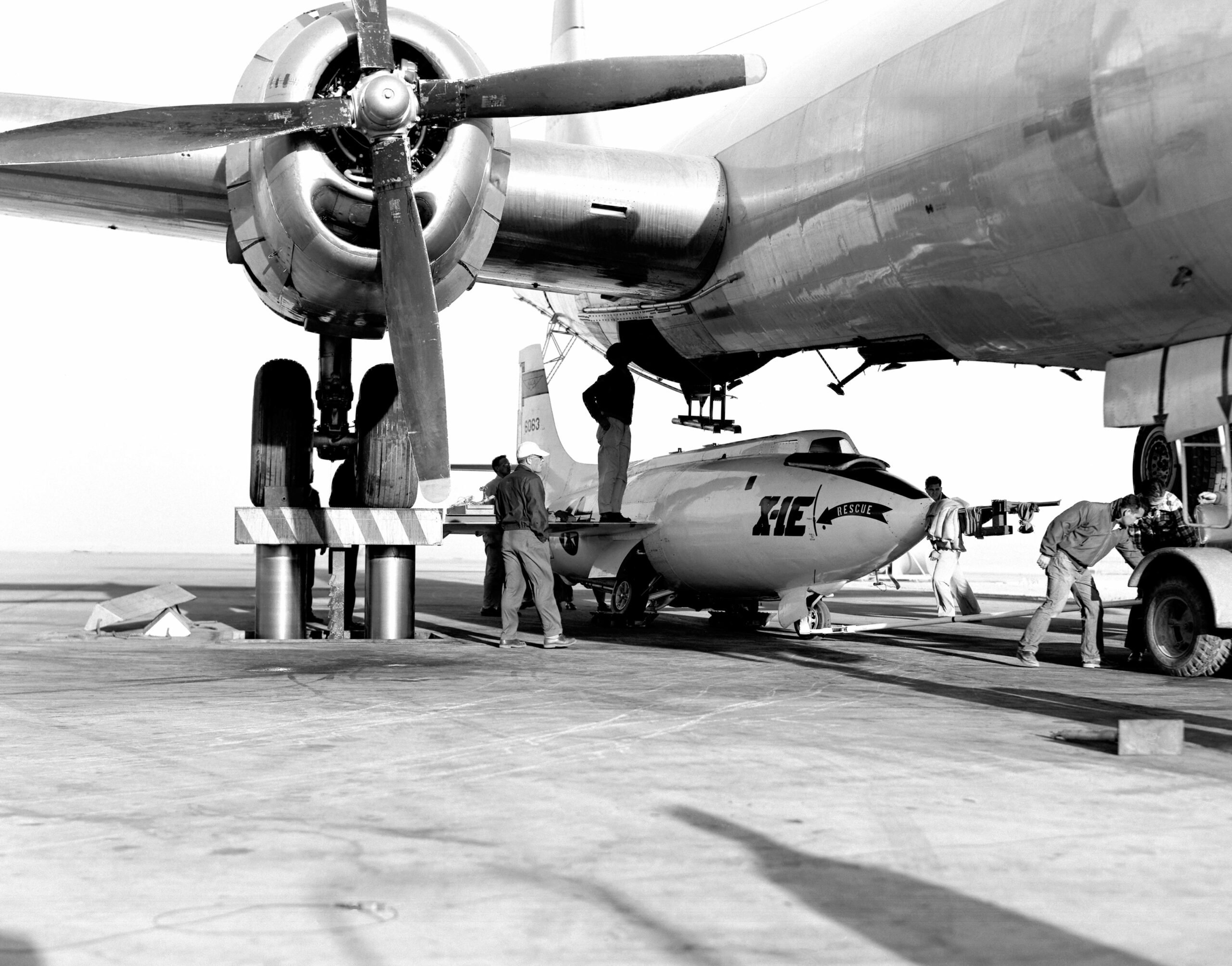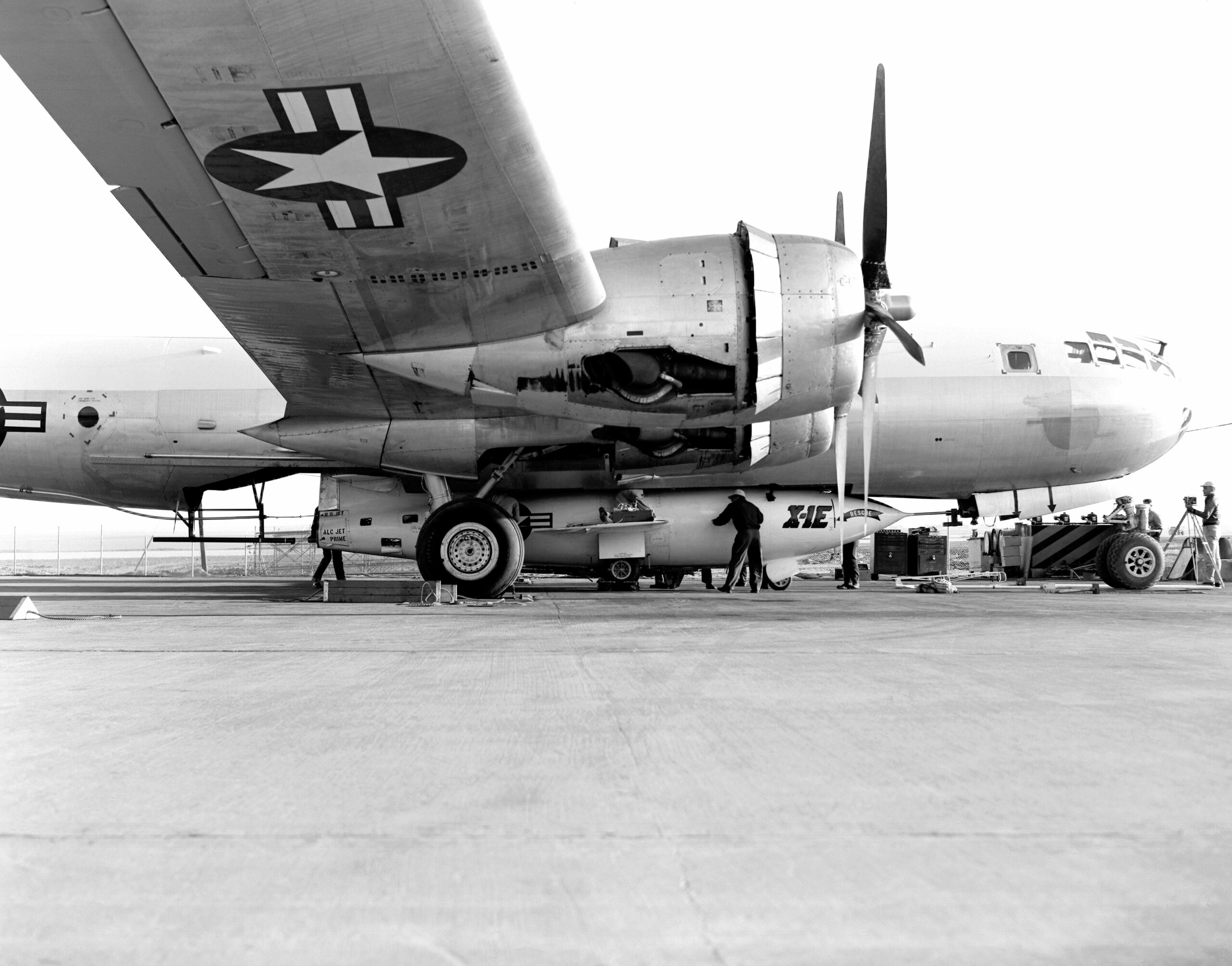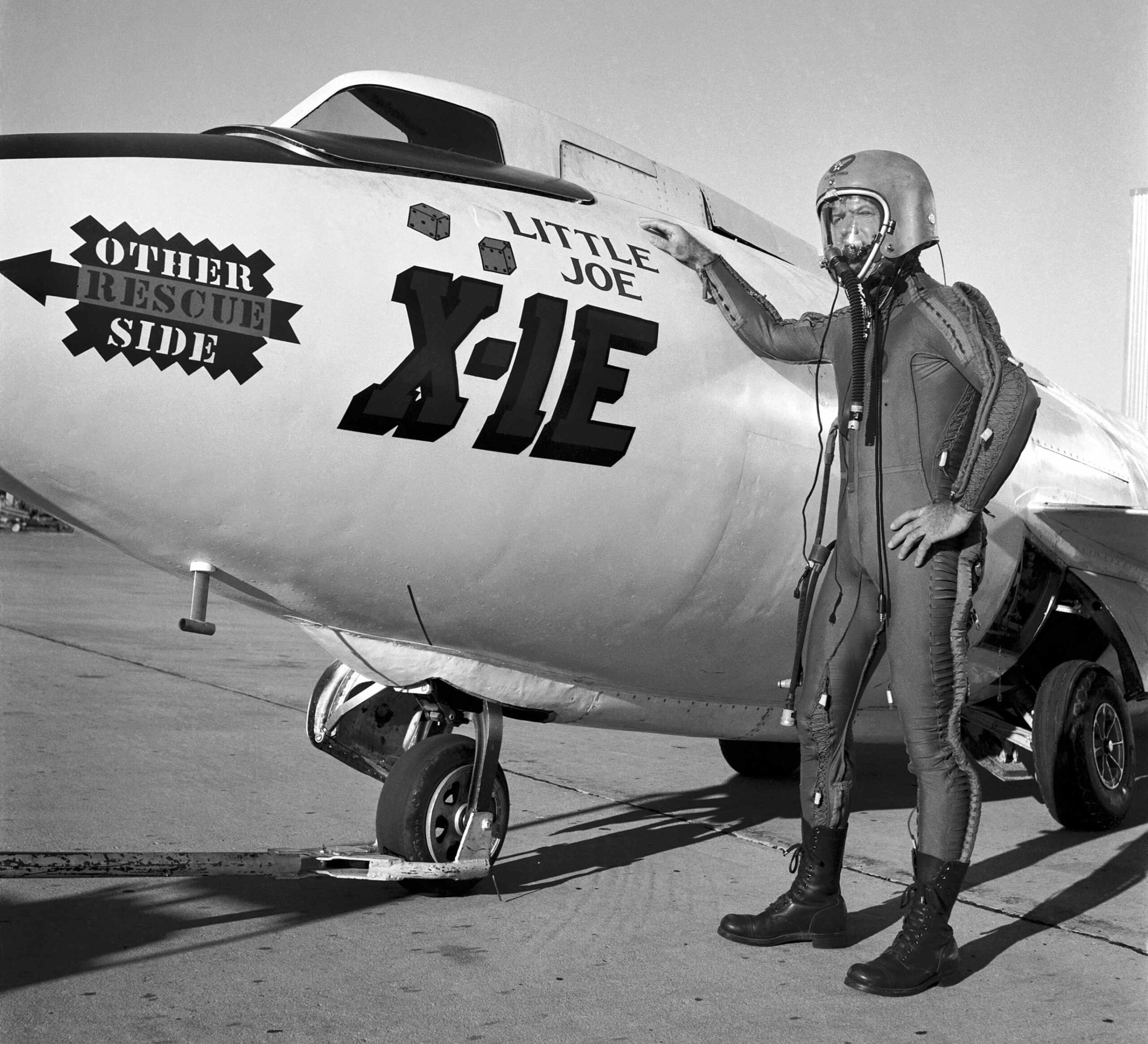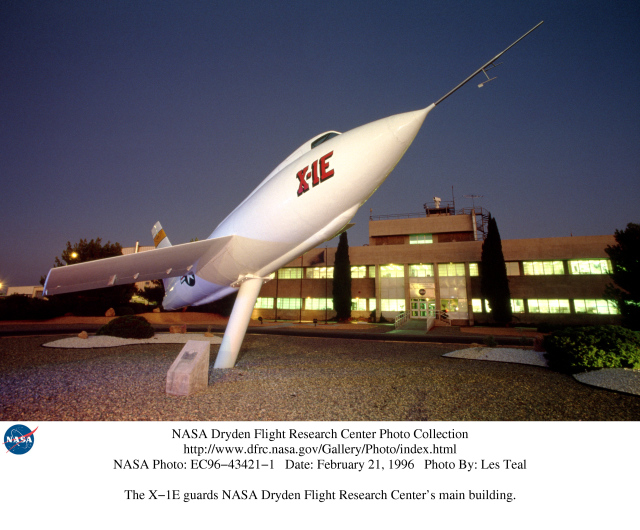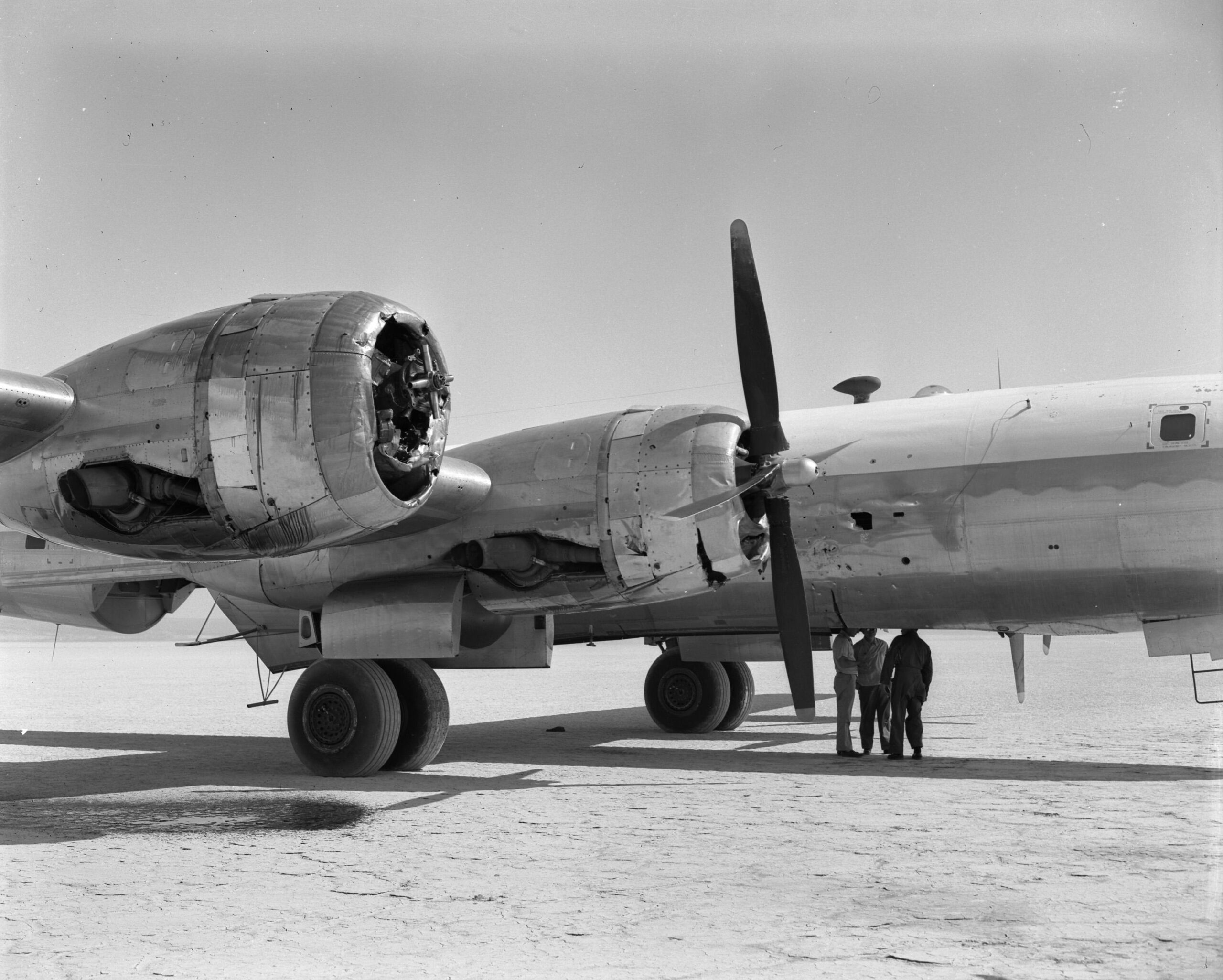
22 March 1956: While carrying the U.S. Navy’s Douglas D-558-II Skyrocket, problems developed aboard both the research rocketplane and the “mothership.” The modified four-engine heavy bomber, a U.S. Air Force Boeing B-29-95-BW Superfortress 45-21787 (which had been transferred to the U.S. Navy 5 May 1947 and redesignated P2B-1S Superfortress), had a runaway propeller on the Number 4 engine, outboard on the right wing. The propeller broke apart from excessive rotational speed, slicing through the Number 3 engine, the fuselage, and striking the Number 2 engine.
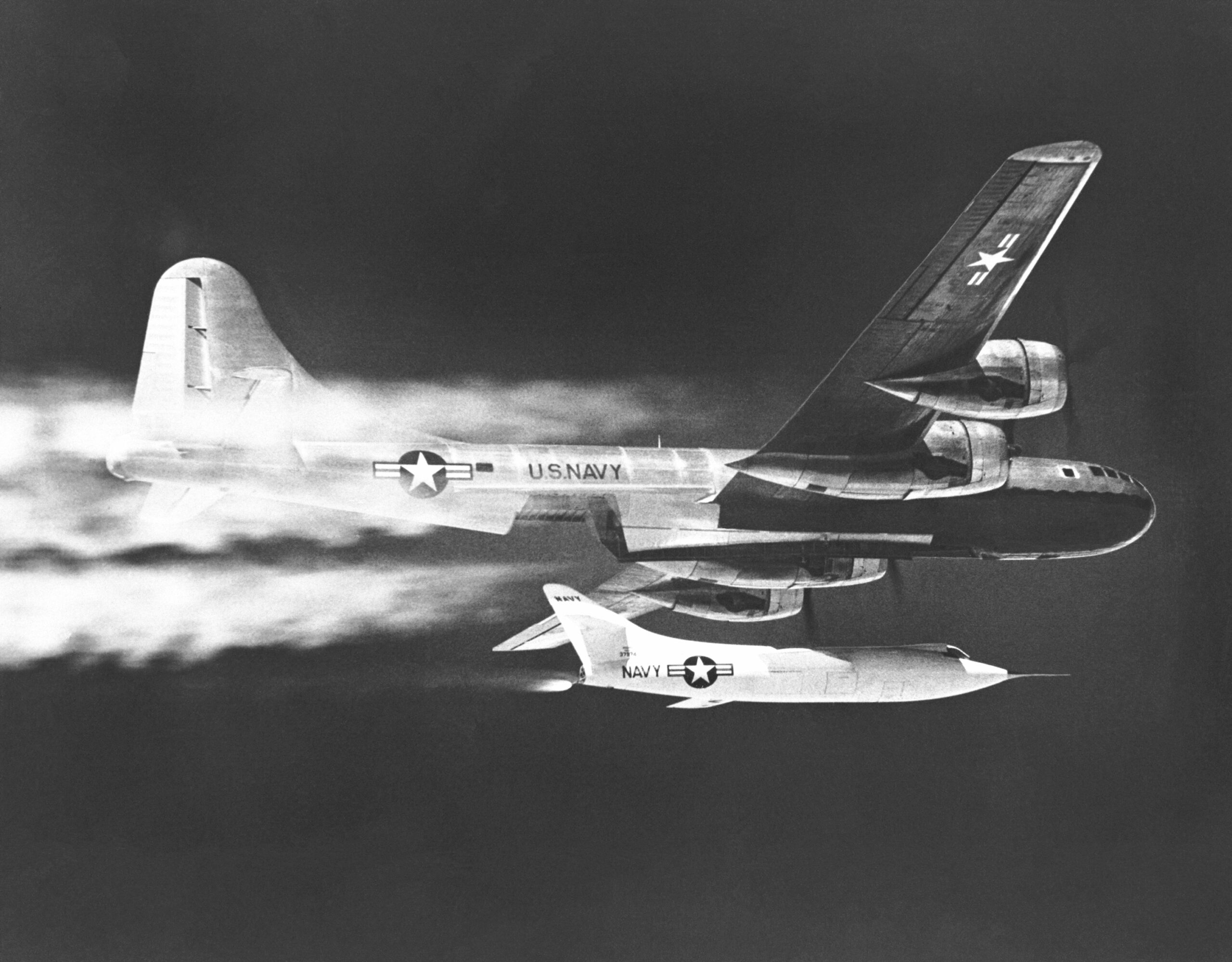
NACA research test pilot John Barron (“Jack”) MacKay, in the cockpit of the Skyrocket, had called “No drop!” because of problems with the rocketplane, but he was jettisoned so that the mothership could maintain flight and make an emergency landing.
McKay dumped the Skyrocket’s propellants and glided to the lake bed.
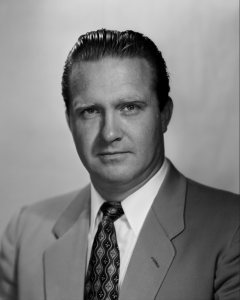
“Each rocket-plane pilot had worked out, in conjunction with the pilot of the mother ship, a procedure to follow if any emergency developed in either plane. Jack McKay, who had developed into a very able test pilot, and I had agreed with Butchart that if something went wrong after either of us had entered the cockpit of the Skyrocket and had closed the canopy, he would immediately jettison the rocket plane, leaving the rocket-plane pilot to look after his own hide. As a matter of fact, McKay and Butchart later ran into such an emergency. One day something went haywire in a propeller on the B-29 mother plane. As agreed, Butchart instantly cut loose the Skyrocket. A split second later the B-29 prop tore loose and cartwheeled through the space the Skyrocket had just vacated. McKay landed without difficulty; but had Butchart not cut the parasite plane loose, the prop would have ripped into its fuel tanks, causing an explosion that would have killed everyone, including McKay.”
— Always Another Dawn: The Story of a Rocket Test Pilot, by A. Scott Crossfield and Clay Blair, Jr., The World Publishing Company, Cleveland and New York, 1960, Chapter 21 at Pages 201–202.
The Superfortress pilots, Stanley Paul Butchart and Neil Alden Armstrong, landed the plane safely on the lake bed at Edwards Air Force Base.
Neil Armstrong would land on The Moon 13 years later.
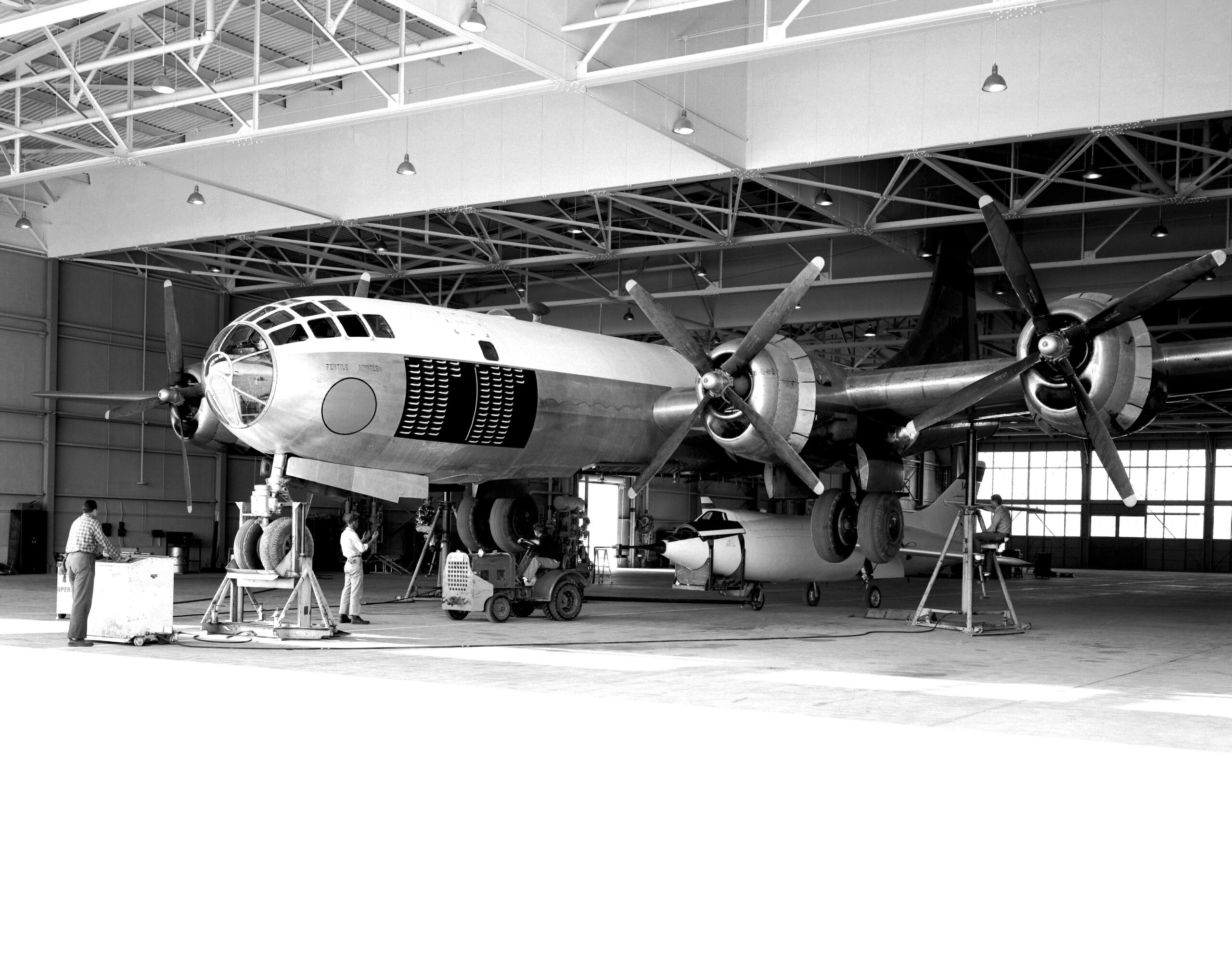
The National Advisory Committee for Aeronautics took over P2B-1S Bu. No. 84029 from the U.S. Navy 27 August 1951, and designated it NACA 137. It was retired and placed in storage at NAS Litchfield Park, Arizona, 5 August 1959. NACA sold it to Allied Aircraft Sales, and it received the civilian registration N91329. It was next sold to Ralph W. and Stephen Johnson’s American Air Museum in Oakland, California. The bomber was restored to the B-29 configuration, including gun turrets. It is now in the Kermit Weeks’ Fantasy of Flight collection near Polk City, Florida, with FAA registration N29KW.
© 2017, Bryan R. Swopes
